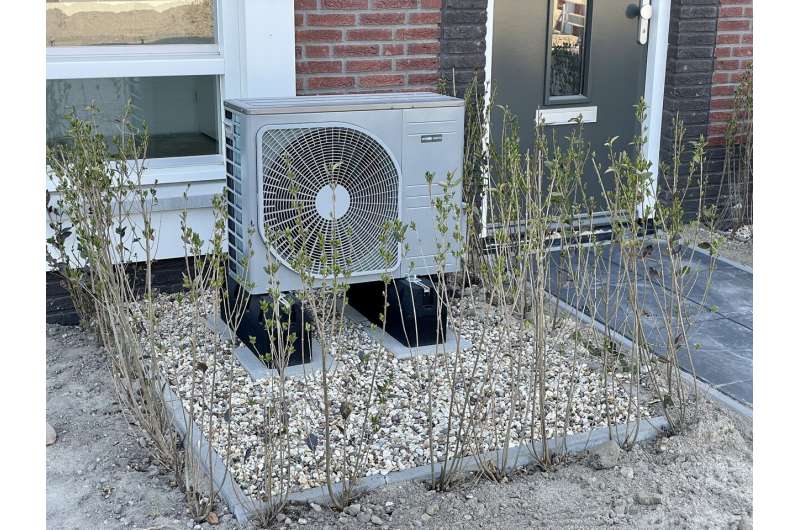A team of researchers from the U.S. Department of Energy Ames National Laboratory developed a magnetocaloric heat pump that matches current vapor-compression heat pumps for weight, cost, and performance.
Current heating and cooling devices are based on vapor-compression technology, which is over 100 years old. They rely on refrigerants that contribute to global carbon emissions, and when they leak the chemicals are harmful to people and the environment.
Magnetocaloric heat pumps are a promising replacement for cooling and heating. They can eliminate refrigerant emissions and require less energy to operate. Until now, magnetocaloric devices have not matched vapor-compressors in all three aspects of weight, cost, and performance.
Julie Slaughter, the research team leader, explained that their investigation began by building a magnetocaloric heat pump. “We first looked at what is out there, and how close the existing magnetocaloric devices are to matching compressors,” she said. “Next we developed a baseline design and then asked, “Okay, now how far can we push the technology?'”
The work is published in the journal Applied Energy.
A magnetocaloric heat pump works by changing the magnetic field applied to a magnetocaloric material while pumping fluid to move heat. Slaughter explained that this is typically done with permanent magnets. The core of the device involves spinning permanent magnets relative to the magnetocaloric material and using magnetic steel to keep the magnetic field contained. The arrangement of these three pieces plays a major role in the team’s predictions as they examined how to make the heat pump more power dense.
Another part of their investigation involved evaluating the two most common magnetocaloric materials used in these heat pumps. Gadolinium and lanthanum-iron-silicon-hydride-based material.
“In our baseline device, we kept it simple by using a single material, gadolinium. Lanthanum-iron-silicon materials have a higher power capability than gadolinium. So, that naturally increases the power density. They’re just not as readily available and require multiple materials in one device to get good performance,” said Slaughter. “In our evaluations, we included estimates of LaFeSi performance for the most power-dense devices.”
Slaughter’s team focused on using space and materials more efficiently, and reducing the amount of permanent magnet material and magnetic steel needed for the pump to operate efficiently. These efforts helped to make the core system pieces match the weight of compressors available today.
“We were able to show that we are competitive with the power density of some of the compressors that are out there today,” said Slaughter. “The permanent magnets and the magnetic steel make up most of the mass rather than the expensive magnetocaloric material, and that’s really helpful for affordability. We assumed, if a device weighs about the same, the cost will be about the same in mass production.”

